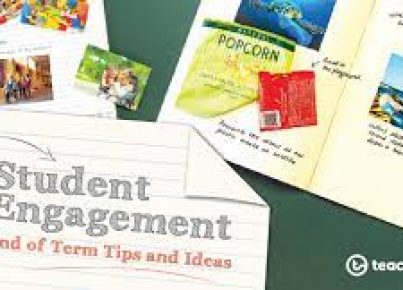Introduction:
Childhood hunger is a pressing global issue that demands immediate attention. To address this pervasive problem, adopting a service learning toolkit can be an effective and practical solution for educators, non-profit organizations, and communities to help end childhood hunger in their locales.
What is Service Learning?
Service learning is an educational approach that combines classroom instruction with hands-on community service. Students learn about a specific issue in the curriculum and then actively engage in their community to make a difference. In the context of ending childhood hunger, this approach allows students to understand the challenges faced by their peers and empowers them to take action.
Components of a Service Learning Toolkit
A carefully designed service learning toolkit contains several components that provide guidance and resources for organizing and implementing an effective service learning project aimed at ending child hunger. These include:
1. Educational Resources: Curated materials, such as lesson plans, articles, videos, and case studies to deepen students’ understanding of childhood hunger issues and the impact it has on the community.
2. Project Ideas: A collection of diverse service project ideas that cater to assorted age groups, skill levels, and time commitments. Examples may include organizing food drives, coordinating meal packaging events or creating public awareness campaigns.
3. Planning Tools: Guided templates for action planning, goal-setting, reflection exercises, team building activities, and methods for assessing project effectiveness.
4. Community Partnerships: A database of local non-profit organizations working on childhood hunger issues to foster collaboration between schools and community stakeholders for increased impact.
5. Fundraising Resources: Tips for grant applications, fundraising events, crowdfunding platforms, and sponsorships to financially support the service project efforts.
6. Publicity & Marketing Resources: Strategies for raising public awareness on childhood hunger issues through traditional media sources (newsletters or newspapers) or social media platforms (Instagram or Twitter).
Implementing Service Learning Toolkit
The key steps to implementing a service learning toolkit are:
1. Inform: Educate students, teachers, and administrators about childhood hunger and its long-term consequences.
2. Inspire: Involve individuals in the planning process of themed service projects to develop a shared sense of ownership.
3. Implement: Organize events, form partnerships with local organizations, and secure resources to successfully execute projects.
4. Evaluate: Measure the impact by gathering data or conducting surveys to reflect on the success of a particular activity, learn from the process and improve future engagements.
5. Celebrate: Recognize the hard work put in by students and their support system, and celebrate the positive change created in the community.
Conclusion
A well-crafted service learning toolkit can facilitate significant momentum to eradicate childhood hunger within communities. By incorporating education, hands-on experiences, and civic engagement into the curriculum, students not only learn about vital issues but become active agents of change. Investing in service learning toolkits is an essential step towards creating a more aware and compassionate generation that holds the power to create a hunger-free world for our children.





